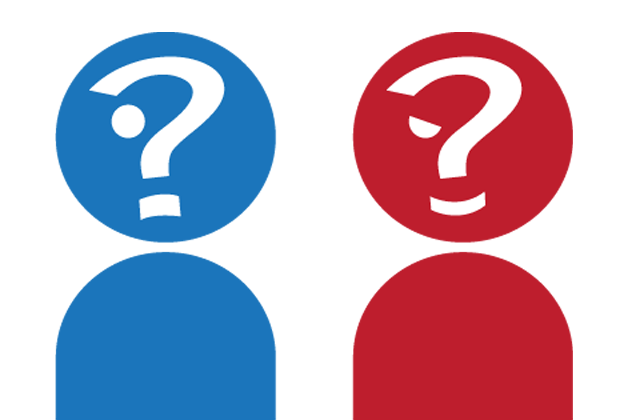
Last Friday’s blog post gave an overview of cyberbullying without lifting the veil off the perpetrators’ faces – who they are and what drives them to be mean to others. The answers delve into a problem that goes beyond cyberspace to reflect a social culture that sometimes fails to see bullying for what it is.
In cyberspace, bullies often use technology to mask their identities, sometimes using the same anonymous tools their victims use to protect themselves.
Some of them “are people who wouldn’t normally be bullies in the conventional sense,” says Scott Freeman, Co-founder of the Cybersmile Foundation. Some, he adds, “tend to be much shyer than a conventional bully and much less likely to be involved in bullying at school in a physical way.”
But kids in general have a strong need to build social connections and belong to groups. And they often “try out all kinds of behaviors or join in to someone who is doing nasty, mean behaviors because there’s protection from others when they are part of a group,” says psychologist and bullying prevention expert Joel Haber.
Anybody can be a cyberbully. But young people, says Haber, “test out being mean, being hurtful, gossip, even at times being malicious” as they develop their social connections. And in cyberspace, it’s very easy to use those skills because there is no direct feedback.
But Haber cautions that the effect of cyberbullying has been overblown. He says the kids who are most at risk “are kids who are bullied in school directly and come home and have ongoing bullying happen through their computer or technology, because those kids then have no escape.”
Cyberbullying happens because “we have opened new settings, new social settings” on the Internet, says Jorge Srabstein, MD, Medical Director of the Clinic for Health Problems Related to Bullying at Children’s National Medical Center.
Typically, bullying happens across social settings and is prevalent not just with children and adolescents, but with adults and the elderly as well. It happens on the Internet, at school, in dating relationships, in the workplace.
But it is most frequent among siblings – something that for many years was construed as “sibling rivalry” and looked upon as ” normal” behavior between brothers and sisters, said Srabstein.
“It’s not normal in the sense that it can hurt,” he said. “And brothers and sisters with all the love in the world can hurt each other.”
What drives a bully?
A person might target a victim with bullying for any number of reasons. Previously victimized individuals, for example, could bully others, as can those who hurt others unintentionally because of “impulses in the brain pushing them to do things that they don’t want to do” due to biological or psychosocial reasons.
Preventive Action
1- Full-blown collaboration across social sectors to promote understanding of bullying and its harmful effects
2- Teach children at an early age to respect, love each other; engage religious institutions if need be
3- Teasing, in any form and from anyone – kids, parents, teachers – is not acceptable
4- Keep ongoing dialogue between kids and parents, teachers, doctors to detect bullying
5- Report abusive behavior for correction, guidance, rather than punitive action
6- Up to 60 percent of cases will still experience bullying regardless of primary prevention
7- Kids who hurt others unintentionally need medical attention
Source: Dr. Jorge Srabstein
These kids need medical attention to help them with their aggression, said Srabstein, although he stressed that “both bullies and victims can have physical or emotional problems.”
In cyberspace, previously victimized cyberbullies are “using their anonymity to go back and test out the aggressive behavior so that they don’t feel so vulnerable themselves,” said Haber.
Bullying is universal and prevalent in some countries more than others. Srabstein says the reasons are unclear, but some parents tell him that it is the norm in their countries.
The behavior is sometimes reinforced by other people and by a “culture that thinks that this is okay,” said Srabstein.
“There [are] a lot of individual, family, community, cultural factors that promote and inhibit the development of bullying,” he said, citing news events, movies, nursery rhymes and even cartoon skirmishes that kids grow up watching.
“Most kids are not full-time bullies,” cautioned Haber.
“Those behaviors are endemic in our society and they are role-modeled by parents, they are role-modeled by society in TV, popularized certainly in media at times. But … kids learn this behavior too,” he said.
